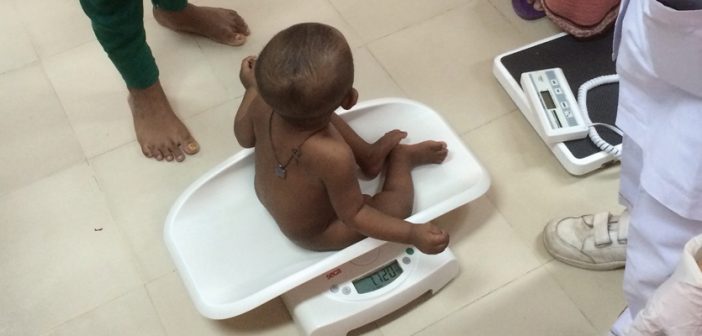A simple score is the best way to assess dehydration severity in kids.
Skin and tears, breath and behavior: all readily observed in a child, and assessed together, a reliable indicator of dehydration.
The four-symptom DHAKA score—which notes a child’s general appearance, breathing pattern, skin elasticity, and volume of tears—is the quickest, most accurate way to assess the severity of dehydration, according to a study in The Lancet Global Health.
“The DHAKA score now has better evidence for its performance in assessing dehydration in a specifically low-income country setting than any other scale,” says lead author Adam Levine, MD, MPH, associate professor of emergency medicine. “From an evidence-based medicine point of view, it is better than anything else out there.”
In a side-by-side comparison, the study, which assessed 500 kids in Dhaka, Bangladesh, found that DHAKA (Dehydration: Assess Kids Accurately) was a significantly better predictor of dehydration severity in children under age 5 than the current guidelines provided by the World Health Organization.
Levine and colleagues derived the score in 2014 by statistically analyzing the cases of 770 children with diarrhea in Dhaka and determining which clinical signs at intake best predicted dehydration severity. In the new study, they validated the score by testing it with a new patient population.
“Not only is this the first score to be derived and validated in a low-income country setting, but the DHAKA study is also the largest study ever of dehydration assessment of kids anywhere,” Levine says.
Next spring he’ll run more tests, in rural Bangladesh, in order for DHAKA to earn the WHO’s endorsement as a new diagnostic standard in resource-limited settings.




